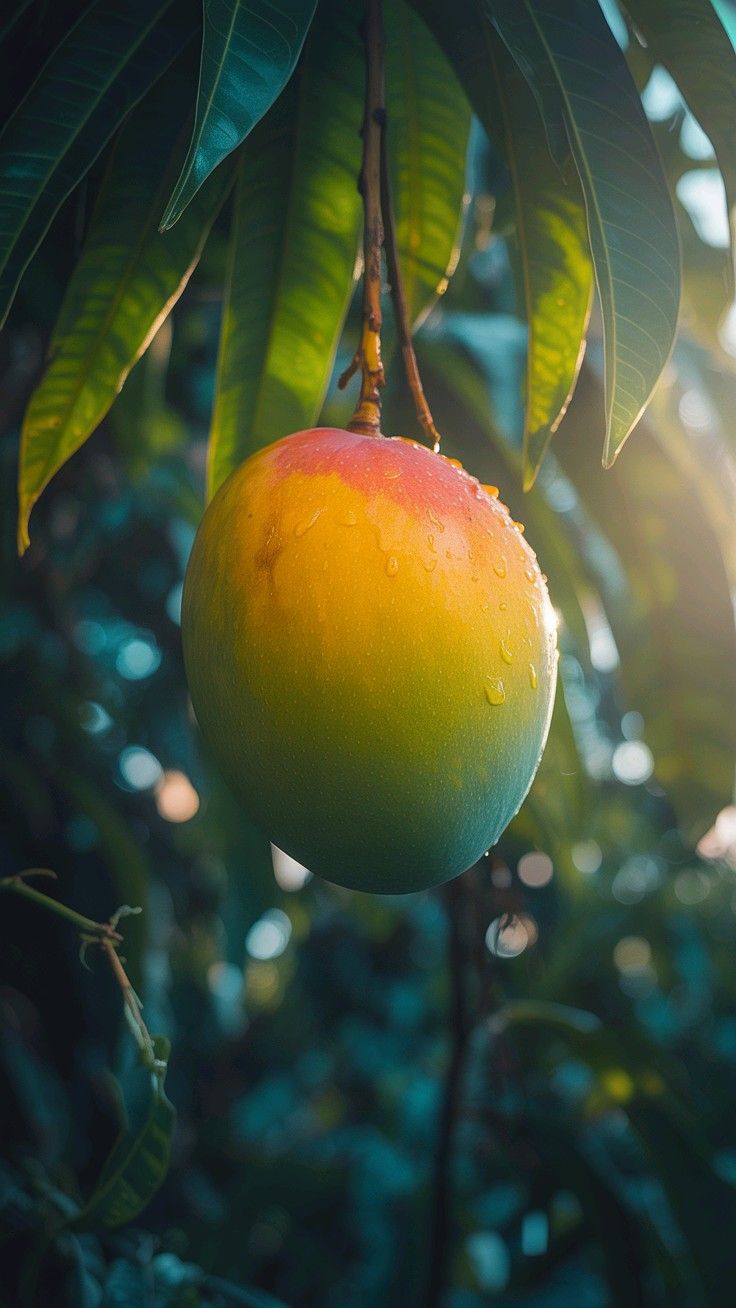7 Amazing Facts About the National Fruit of India That Will Delight You
India, renowned for its rich culture and biodiversity, is home to a variety of fruits, each with unique tastes and nutritional benefits. Among them, the Mango (Mangifera indica) holds a special place as the National Fruit of India. Known as the “King of Fruits”, the mango symbolizes prosperity, sweetness, and cultural richness. In this article, we explore the history, facts, timeline, significance, FAQs, societal impact, and daily life relevance of the National Fruit of India.
History of the National Fruit of India
The mango has been cultivated in India for over 4,000 years, making it deeply embedded in Indian culture, history, and cuisine.
Ancient Significance: References to mangoes appear in ancient Indian texts, including the Vedas and Buddhist scriptures, highlighting its importance as a sacred and nutritious fruit.
Cultural Relevance: Mango leaves are used in weddings, festivals, and religious rituals across India. They symbolize good luck, fertility, and prosperity.
Official Recognition: The mango was declared the National Fruit of India due to its widespread cultivation, cultural significance, and economic importance.
The mango is more than just a fruit; it represents India’s agricultural heritage, spiritual symbolism, and culinary excellence.
Interesting Facts About the Mango
Variety: India is home to over 1,000 varieties of mangoes, including popular ones like Alphonso, Dasheri, Kesar, and Langra.
Nutritional Value: Mangoes are rich in vitamins A, C, and E, minerals, and antioxidants, making them highly nutritious.
Cultural Significance: Mangoes and mango leaves are used in temple decorations, festivals, and wedding ceremonies.
Economic Importance: Mango cultivation supports millions of farmers and exporters, making it an important part of India’s agricultural economy.
Global Popularity: Indian mangoes are exported worldwide, symbolizing India’s rich agricultural and cultural heritage.
Medicinal Properties: Mangoes are known for boosting immunity, improving digestion, and enhancing skin health.
Symbol of Summer: Mangoes are synonymous with the Indian summer season, inspiring poems, songs, and festivals.
Timeline of Key Events Related to the National Fruit
2000 BC: Mango cultivation begins in India, referenced in ancient texts.
4th Century AD: Mango trees introduced to Southeast Asia and Persia through trade.
16th Century: Portuguese introduce mangoes to Africa, Brazil, and the Caribbean.
20th Century: Mango becomes a symbol of Indian agriculture and culture.
Modern Era: Declared as National Fruit of India, recognized for cultural, economic, and nutritional importance.
2020s: India continues to promote mango festivals and international exports.
Significance of the National Fruit
The National Fruit holds multiple layers of significance in Indian life:
Cultural Symbolism: Mango represents prosperity, fertility, and sweetness, integral to Indian rituals and festivals.
Economic Value: Supports farmers, exporters, and the agricultural economy, contributing to livelihoods.
Nutritional Importance: Consumed widely for its health benefits, boosting immunity and providing essential nutrients.
Educational Influence: Students learn about mango cultivation, varieties, and significance, fostering awareness of agriculture and culture.
National Pride: Mango symbolizes India’s rich agricultural heritage, celebrated both domestically and internationally.
FAQs About the National Fruit of India
Q1: Why was the mango chosen as the National Fruit of India?
A1: The mango represents cultural richness, nutritional value, and agricultural importance, making it a fitting national symbol.
Q2: How many varieties of mangoes are there in India?
A2: India has over 1,000 varieties of mangoes, including Alphonso, Dasheri, Langra, Kesar, and Banganapalli.
Q3: Where is mango cultivated in India?
A3: Mangoes are cultivated in Uttar Pradesh, Maharashtra, Andhra Pradesh, Karnataka, Gujarat, and Bihar, among other states.
Q4: What are the health benefits of mangoes?
A4: Mangoes improve digestion, immunity, and skin health, and are rich in vitamins, minerals, and antioxidants.
Q5: Are mangoes exported from India?
A5: Yes, Indian mangoes are exported worldwide to USA, UK, Middle East, and Southeast Asia, enhancing India’s global agricultural reputation.
Impact on Daily Life
The National Fruit influences daily life and society in various ways:
Culinary Uses: Mangoes are used in desserts, pickles, smoothies, and traditional dishes, enriching Indian cuisine.
Cultural Practices: Mango leaves are essential in festivals, religious rituals, and weddings.
Economic Impact: Mango farming provides employment and income for millions of Indian farmers.
Educational Value: Schools educate students about mango cultivation, varieties, and nutritional significance.
Environmental Contribution: Mango trees support biodiversity and provide shade, contributing to ecological balance.
Observance and Wishing
The mango is celebrated in India in multiple ways:
Mango Festivals: States like Maharashtra, Uttar Pradesh, and Gujarat hold annual mango festivals showcasing local varieties.
Religious and Cultural Celebrations: Mango leaves and fruits are used in temple offerings and auspicious occasions.
Wishing: Mango imagery symbolizes prosperity and sweetness, often used in greetings, gifts, and decorations.
Conclusion: Why the National Fruit Matters
The Mango, as the National Fruit of India, is more than just a delicious fruit. It embodies cultural richness, economic prosperity, and nutritional value, making it an integral part of Indian life. From festivals and religious rituals to daily diets and international trade, the mango connects Indians to their heritage, agriculture, and identity.
By cultivating, celebrating, and consuming mangoes responsibly, India not only preserves its agricultural legacy but also continues to share the sweetness of its culture with the world. The mango teaches lessons of growth, resilience, and prosperity, inspiring citizens to value both tradition and innovation.
Quick Recap: 7 Amazing Facts About the National Fruit of India
Officially recognized as the National Fruit of India.
Known as the “King of Fruits”.
Cultivated in over 1,000 varieties across India.
Symbolizes prosperity, sweetness, and fertility.
Rich in vitamins, minerals, and antioxidants.
Used in religion, cuisine, and cultural celebrations.
Supports India’s agricultural economy and global exports.








